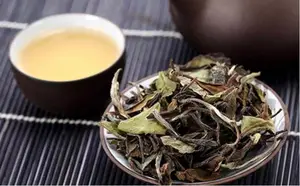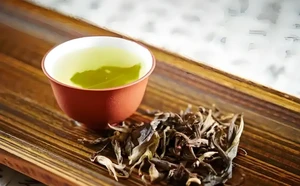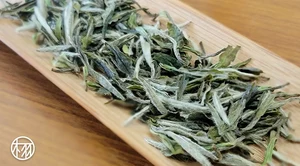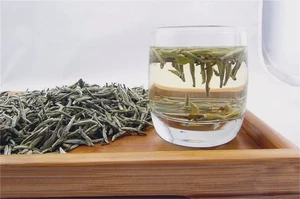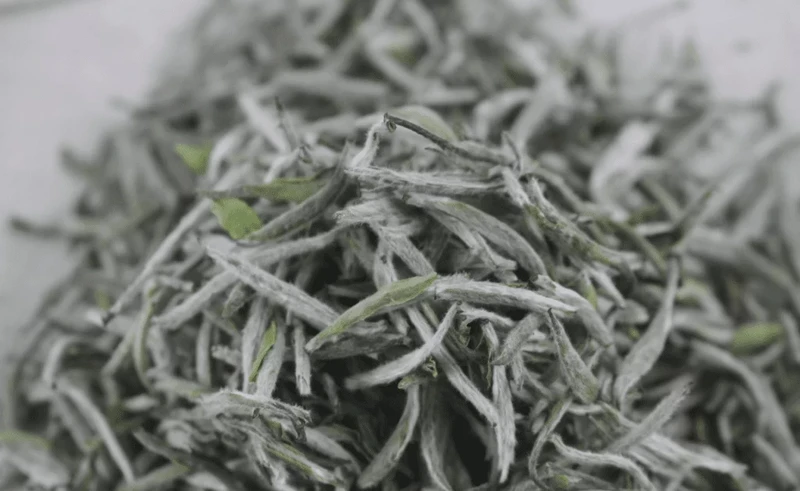Historical Origins of Chinese White Tea
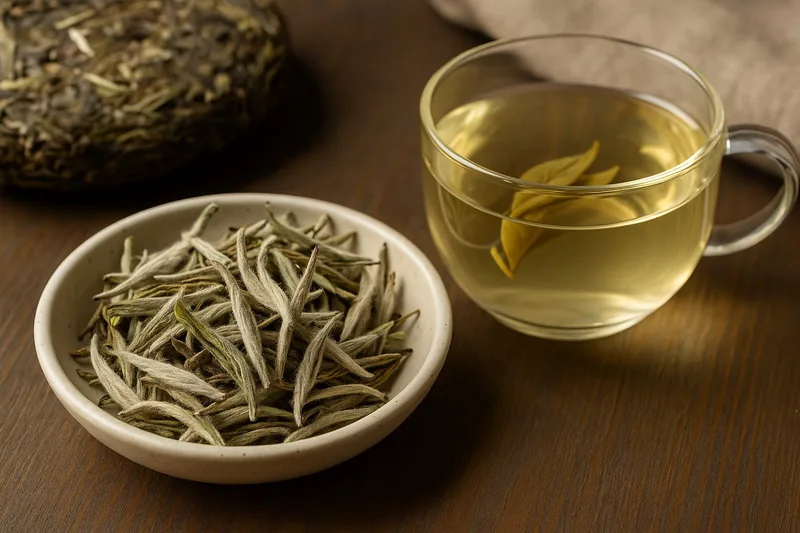
Ancient Beginnings and Imperial Connections
Chinese white tea has ancient origins dating back to the Song Dynasty (960-1279 CE), where it was initially produced as tribute tea for emperors. The earliest records describe a tea made from white-furred buds that were steamed and compressed into cakes, quite different from today's loose-leaf versions.
The modern form of white tea emerged during the Qing Dynasty (1644-1912) in Fujian Province. Local tea farmers in Fuding and Zhenghe counties developed techniques to preserve the natural silver down of young tea buds, creating the distinctive appearance and character we know today.
For centuries, white tea production was limited to specific regions and remained relatively unknown outside China. It wasn't until the late 20th century that white tea gained international recognition for its delicate flavors and exceptional health benefits, becoming one of the fastest-growing tea categories globally.
"White tea is the purest expression of nature's gift - where less becomes more." — Ancient Tea Chronicles
Timeline of White Tea Development
Song Dynasty (960-1279)
First recorded white tea production as imperial tribute
Ming Dynasty (1368-1644)
Development of loose-leaf processing techniques
Qing Dynasty (1644-1912)
Modern white tea production established in Fujian
Early 20th Century
Limited export to select international markets
Late 20th Century
Global recognition and rapid expansion
